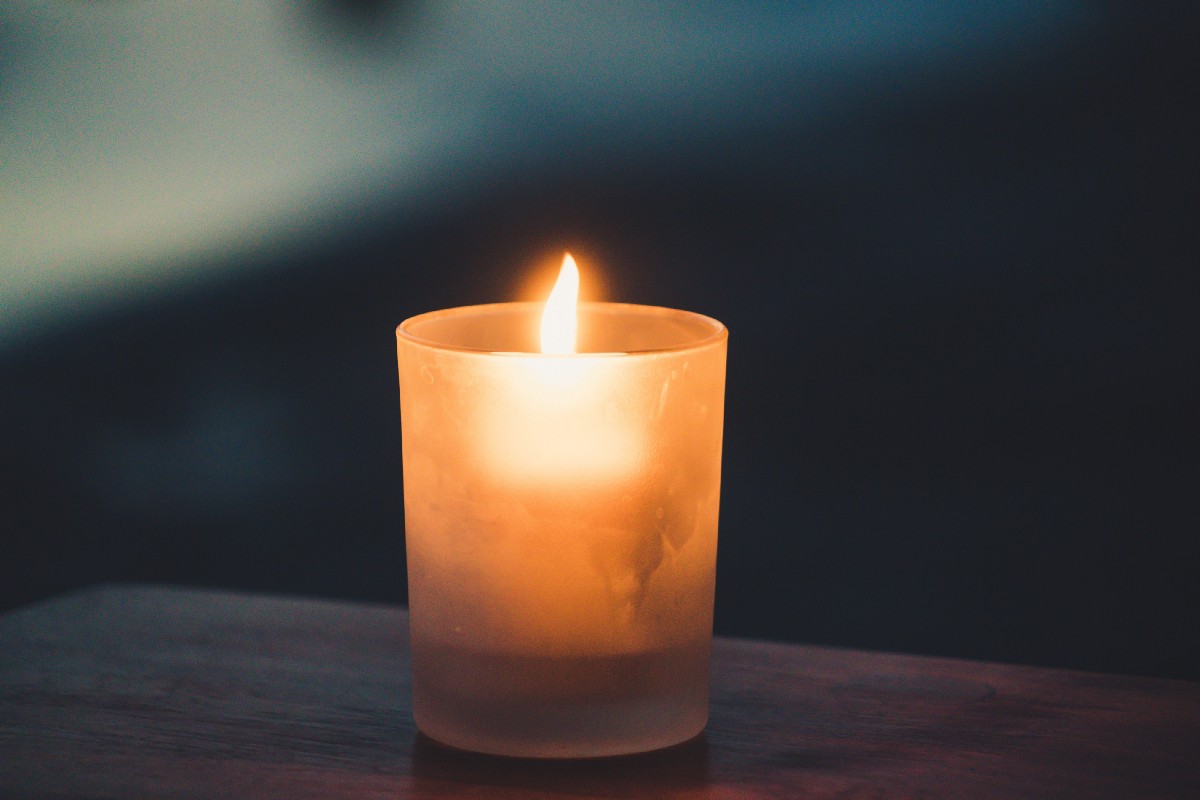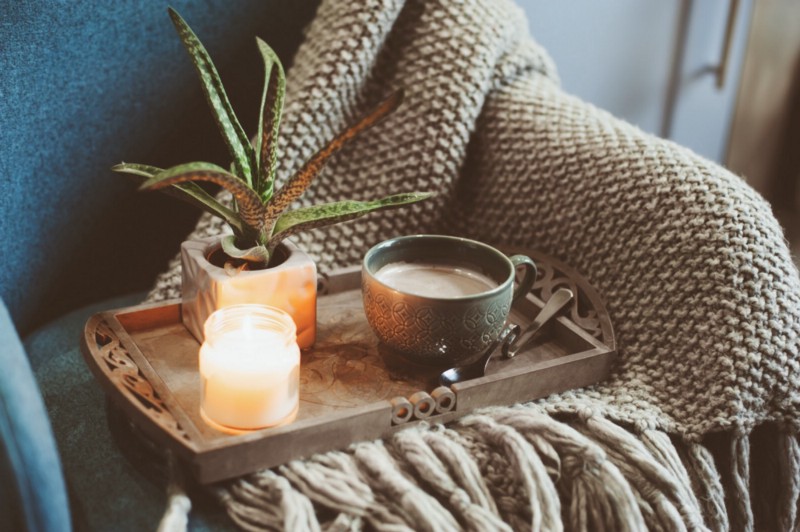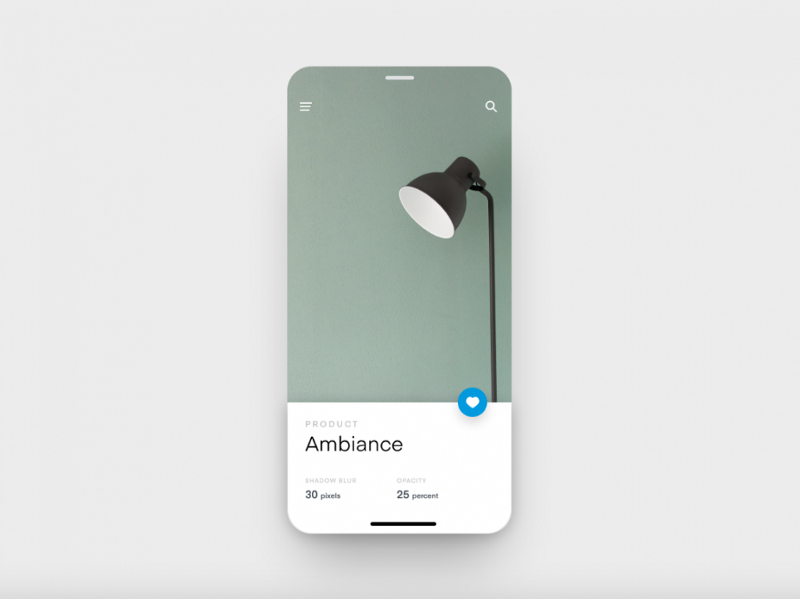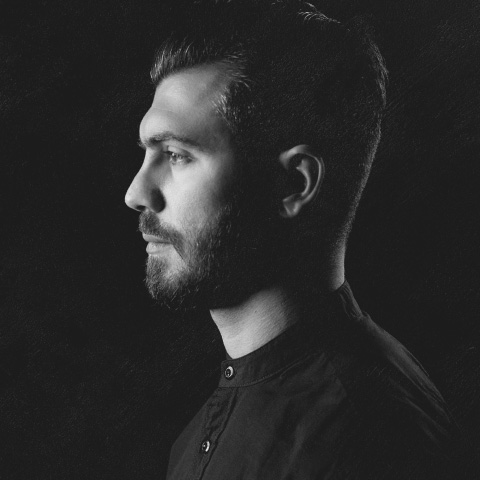I know it may seem menial, but ask yourself, what does “feeling good” really mean? What really makes us happy? Well, for product thinkers — designers, technologists or entrepreneurs that want to create a meaningful product — it’s worth contemplating that question.
There’s no doubt that products can influence the way we think and behave. If product thinkers and creators can observe and understand the mechanics of positive experiences, then they’ll be able to recreate them. Right?
Well, at least that was my hypothesis. Would studying happiness make me a better product thinker? I wanted to find out.
So I spent two weeks in the happiest country in the world
What better way to learn about happiness (or, as psychologists call it, “subjective well-being”) than to be around happy people? I took some time off to visit the happiest country in the world: Denmark.
It became immediately clear that happiness is an essential part of Danish culture, so much so that the Danish even created a word — their own word — to describe the cultural phenomenon of creating the conditions for happiness.
Hygge (pronounced he-yoo-guh) is a reference to the sense of comfort and coziness that the Danes strive for on a daily basis. Hygge is anything from a fireside tea with a soft blanket after a long day of bearing the cold winter to a glass of wine and laughs with close friends. In other words, anything that gives you a sense of contentment.
Although Hygge varies from person to person, there is one thing that I noticed was consistent: candlelight.
Why do Danish people light so many candles?
My immersion into Hygge opened my eyes to the influence lighting has on the way we feel; research shows light exposure may be able to directly alter cognition and mood. It’s evident that candlelight plays into this to some extent.
It’s ironic — the happiest place in the world has very little sunlight most of the year, a large factor in physiologically improving mood. But the Danes remedy the dark days by distinctively using natural lighting in their interiors as much as possible, not just to be able to see clearly, but rather, to achieve Hygge.
According to Meik Wiking, author of The Little Book of Hygge: Danish Secrets to Happy Living, about half of Danish people light candles at least four days a week and 31% light six or more candles each time.




